What We Wish the Watchmaking Industry to Do In 2020
A "tough love" letter to the watchmaking industry to kick off 2020.
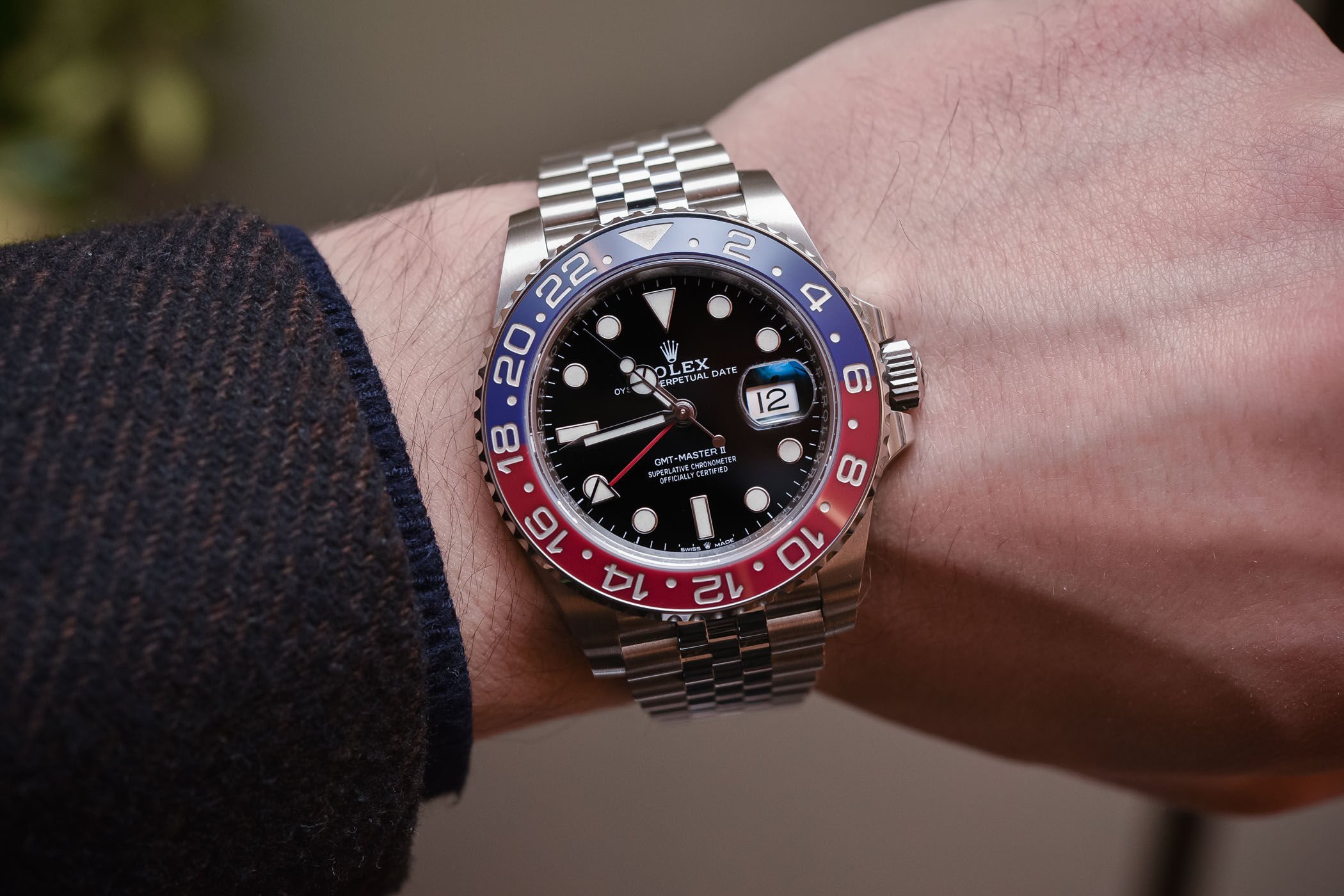
New year, new decade and… new expectations too. We, at MONOCHROME, love watches and the watchmaking industry as a whole. No debate. And well, you know the drill, “spare the rod, spoil the child”. Since we enjoy watches and horology that much, we can’t help being critical, expecting more, wanting the industry to improve, to evolve and to offer more. So, as 2020 is kicking off, here’s our wish list of what we’d like to see in watchmaking this year… And if you have your own expectations for 2020, please feel free to share them in the comments at the end of this opinion piece.
More creativity
We can easily fall in love with a nicely executed vintage re-edition of a glorious 1960s diver or a steel Panda chronograph. When done well, vintage-inspired watches are extremely desirable. Still, the trend for “heritage” or “reissue” is all over the place, and it has been the case for the last 10 years. If we had to name one single trend that sums up the past decade, vintage-inspiration would certainly come on top of the list. But at a certain point, it has to slow down and creativity has to come back to the forefront.
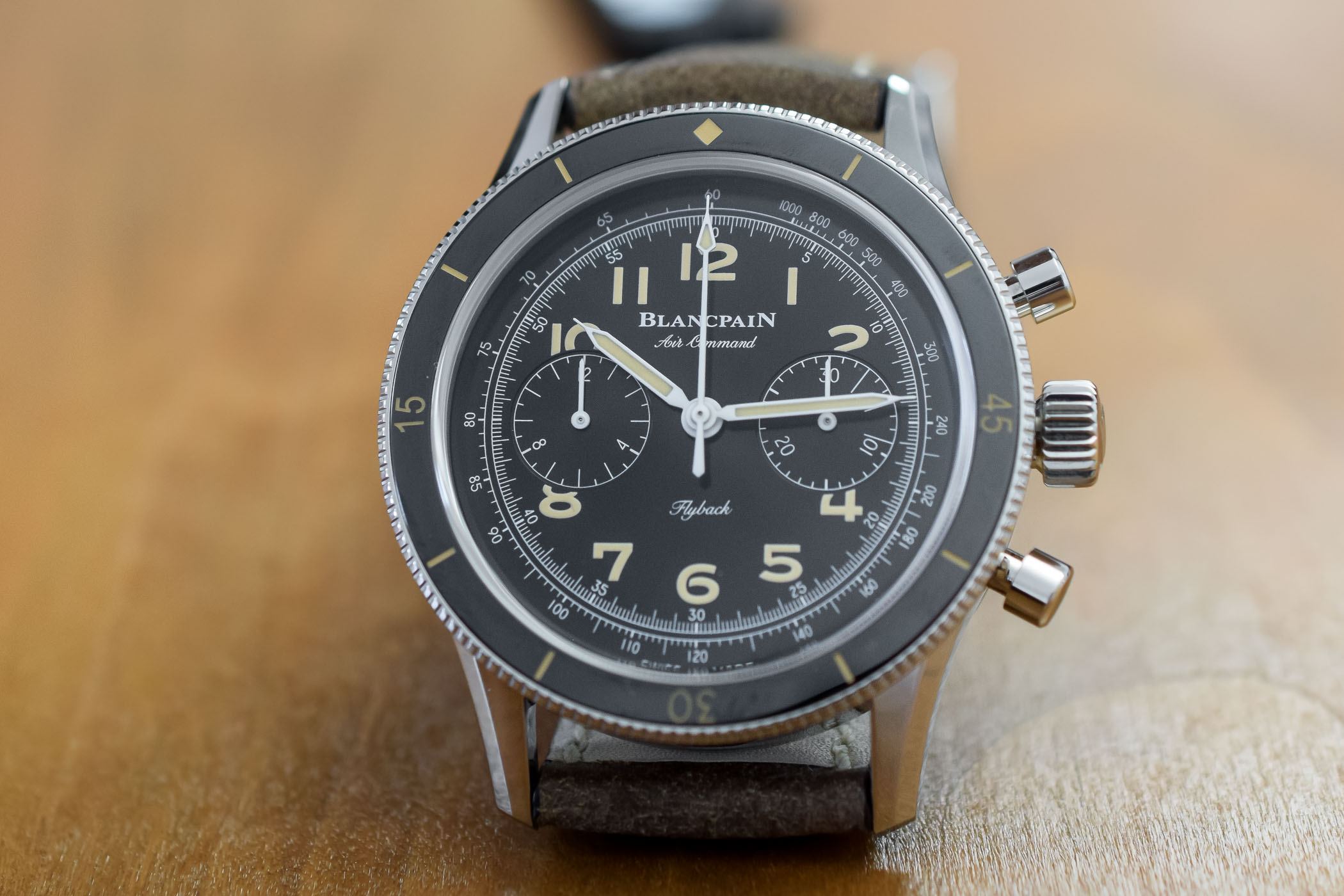
The watchmaking industry is currently not in its best shape. As the Federation of the Swiss Watch Industry reports, exports have recorded a negative result in October (minus 5%) and November 2019 (minus 3.5%), mostly due to the critical environment in Hong Kong – sales dropped 30% – but also due to other external factors. Exports in HK have fallen for seven consecutive months and this downturn in the watchmaking industry’s top market has become a major concern. Still, on this specific topic, there’s not much the industry can do. However, sales aren’t on the rise in other markets either, where the geopolitical situation is not to be blamed.
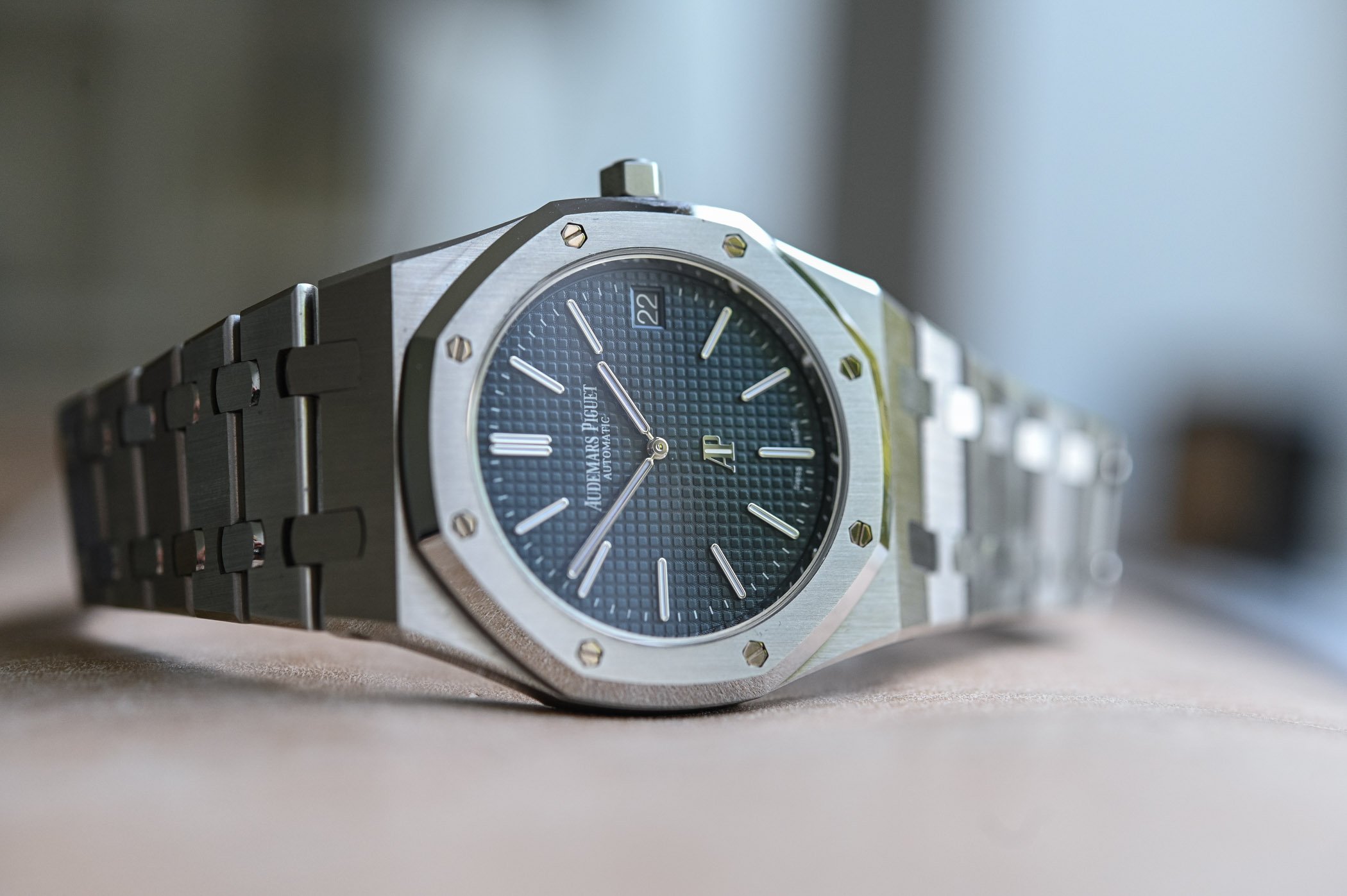
Maybe one of the reasons for this comes from the current lack of creativity in recent watches. Remember the 1960s or the early 1970s when designs were bold and novel? Perhaps not all the watches were successful designs but at least there was a real trend for freshness and creativity. It was the era of Gerald Genta and the luxury sports watch… Which is, ironically, today’s hottest category. What was disruptive back then is now seen as a conservative type of watch. We need more of these Gentas, Hyseks, Gueits, Girouds and the likes to infuse dynamism and disruptiveness in watch design. The watchmaking industry needs to attract new generations, not only the current collectors. And if vintage reissues have contributed to the rise of sales over the last 10 years, if this is the only field of creativity it could well be the beginning of the end for the industry.
More ultra-thin watches
As much as we can dream of a double flying tourbillon, a grande sonnerie or minute repeater/perpetual/gyrotourbillon/constant force watch – yes, those are the wonders of the watchmaking industry – such watches are not meant to be worn on a frequent basis. They are more a demonstration of a brand’s savoir-faire. Wearability isn’t the main objective and even though they require impressive miniaturization skills, these watches aren’t made for the real world.
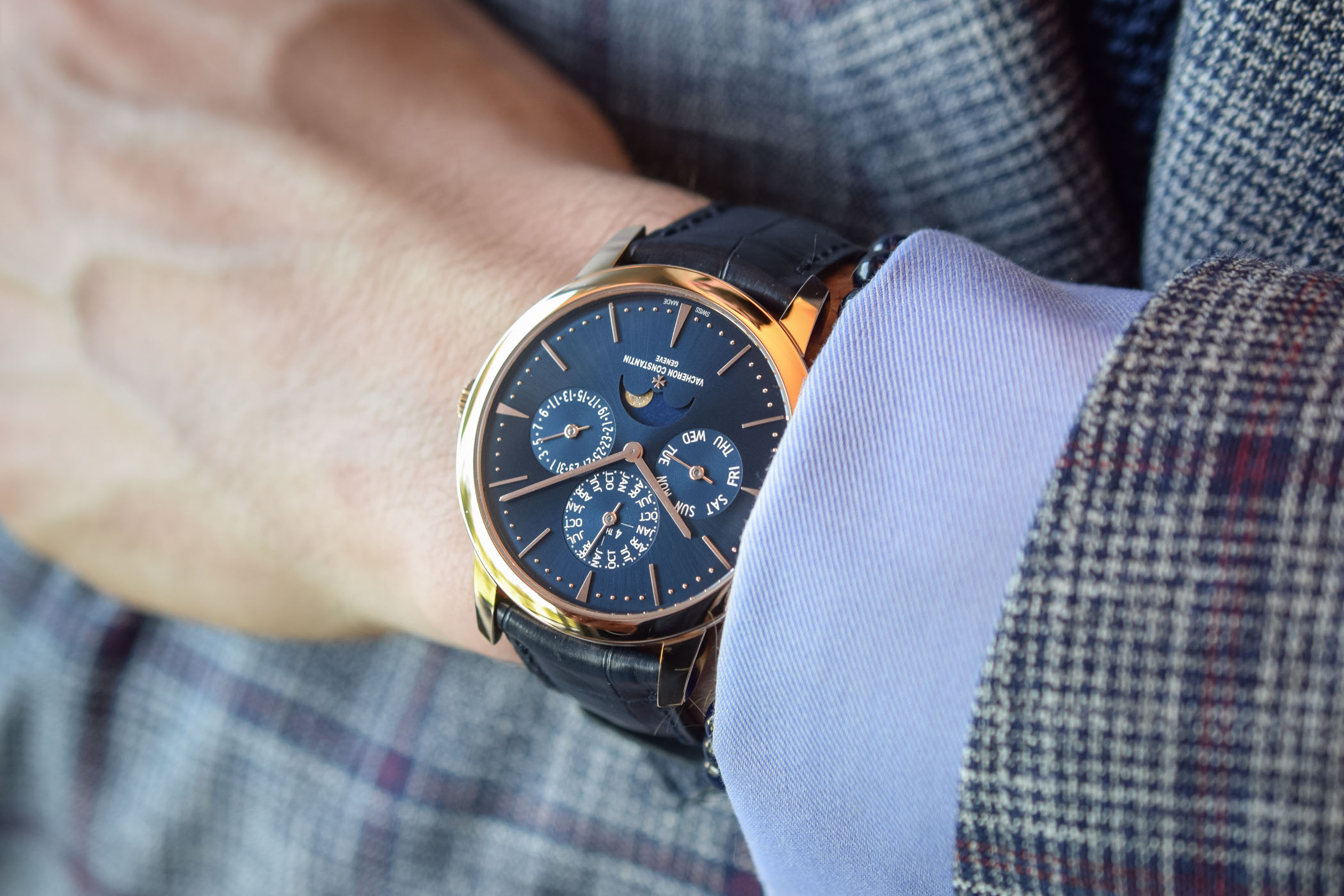
One type of watch that we would love to see more of in 2020 is the “ultra-thin”. This type of watch goes way beyond just a design, as it requires serious watchmaking ingenuity to make a movement less than 3 millimetres in height, even though it only displays the time. Ultra-thin watches pay tribute to one of the earliest vocations of watchmakers in their quest for miniaturization and are extremely satisfying in terms of horological content. Thinness also increases the general comfort, the elegance of the watch and/or the audacity of the design. Ultra-thin watches were all the rage during the 1970s and 1980s and later almost forgotten.
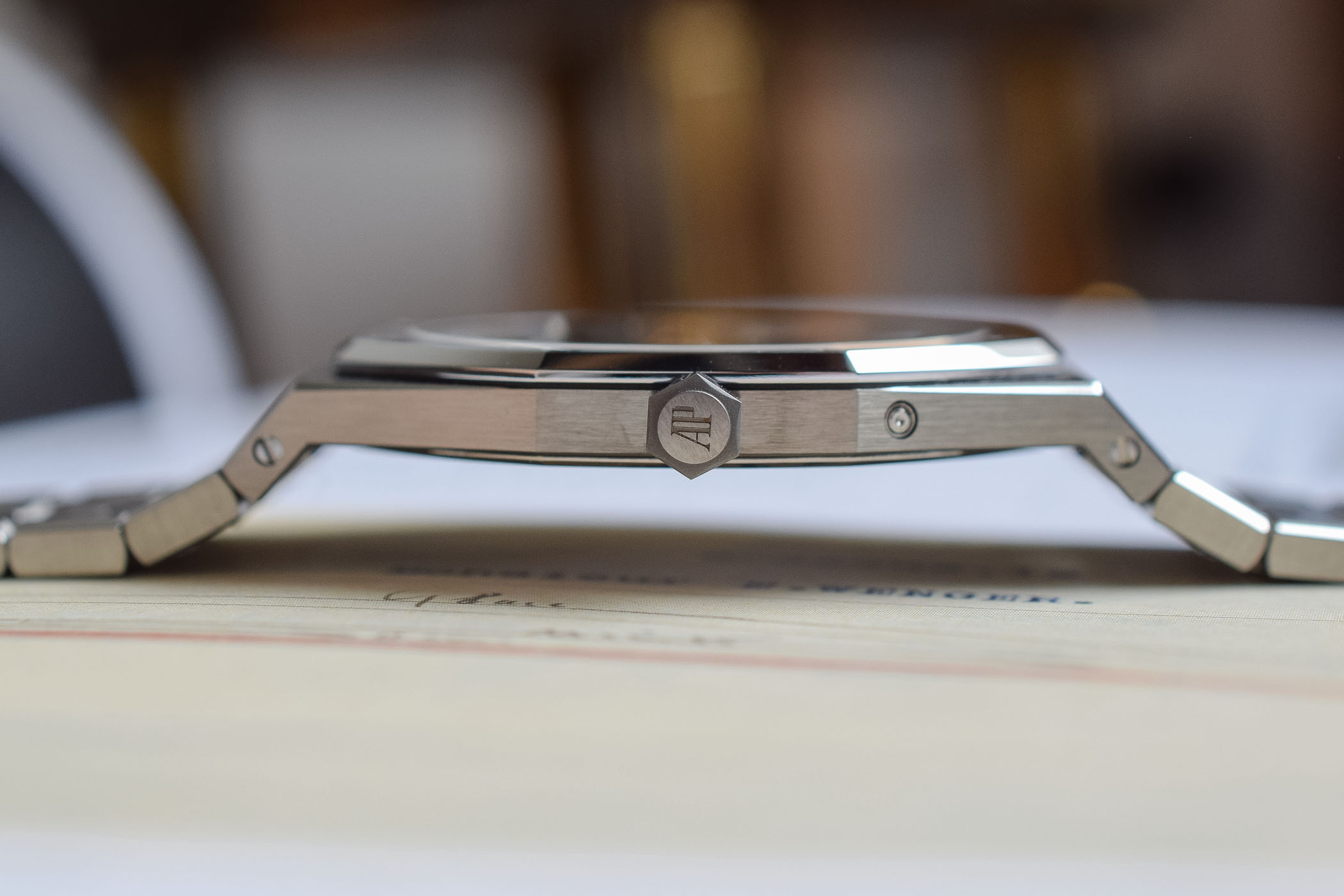
Yet, with the comeback of the luxury sports watch, and Bvlgari’s devotion to creating the Octo Finissimo collection, ultra-thins are on the rise again… But not enough. What could be more elegant than a smallish, time-only watch with a sleek profile? If you ask us, most of the dressy/formal watches should be ultra-thin. So, calling all watch brands, if you could focus on making your powerful but bulky in-house movements a bit thinner, we would not complain.
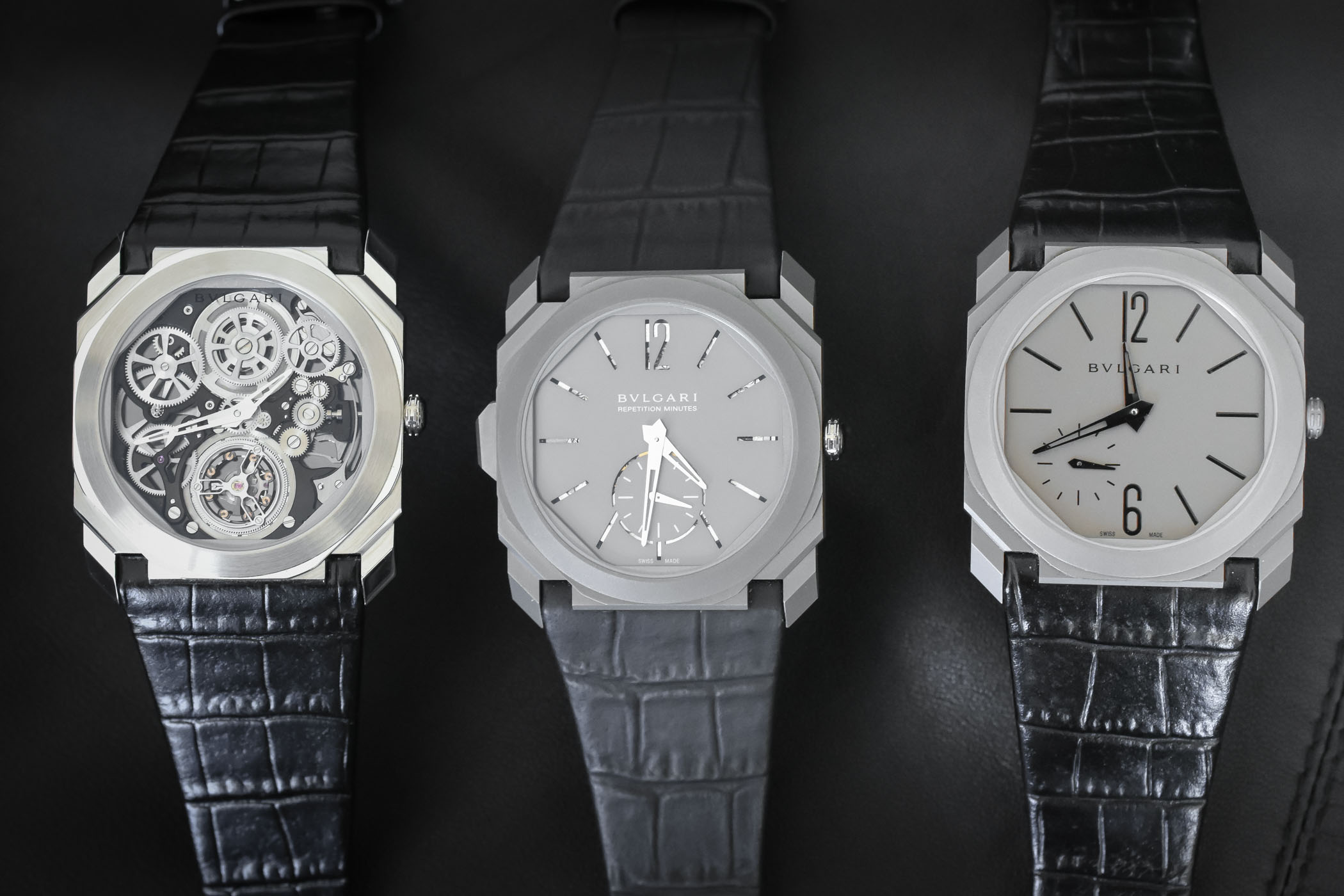
This remark goes along with the need to reintroduce smaller cases too… Not only should a formal watch be thin, but it also looks far more elegant when the proportions are right. In our own opinion, it is time to stop the trend for oversized watches – at least when it comes to time-only formal pieces – and to come back to more reasonable diameters, below 40mm. The main difference is that the diameter of a case is more a design choice, while the thickness of the watch requires an investment in the development of thinner movements.
More steel-cased complicated watches
Gimme the fillings, not the golden crust… A silly turn of phrase designed to encourage watchmakers to focus on the movements and their complications rather than to case up their complications in gold. Take for instance the Jaeger-LeCoultre Master Perpetual Calendar. Great watch, nice in-house movement, nice design and proportions and desirable perpetual calendar complications. Well, this watch is one of the few QPs that is available in both gold and in steel.
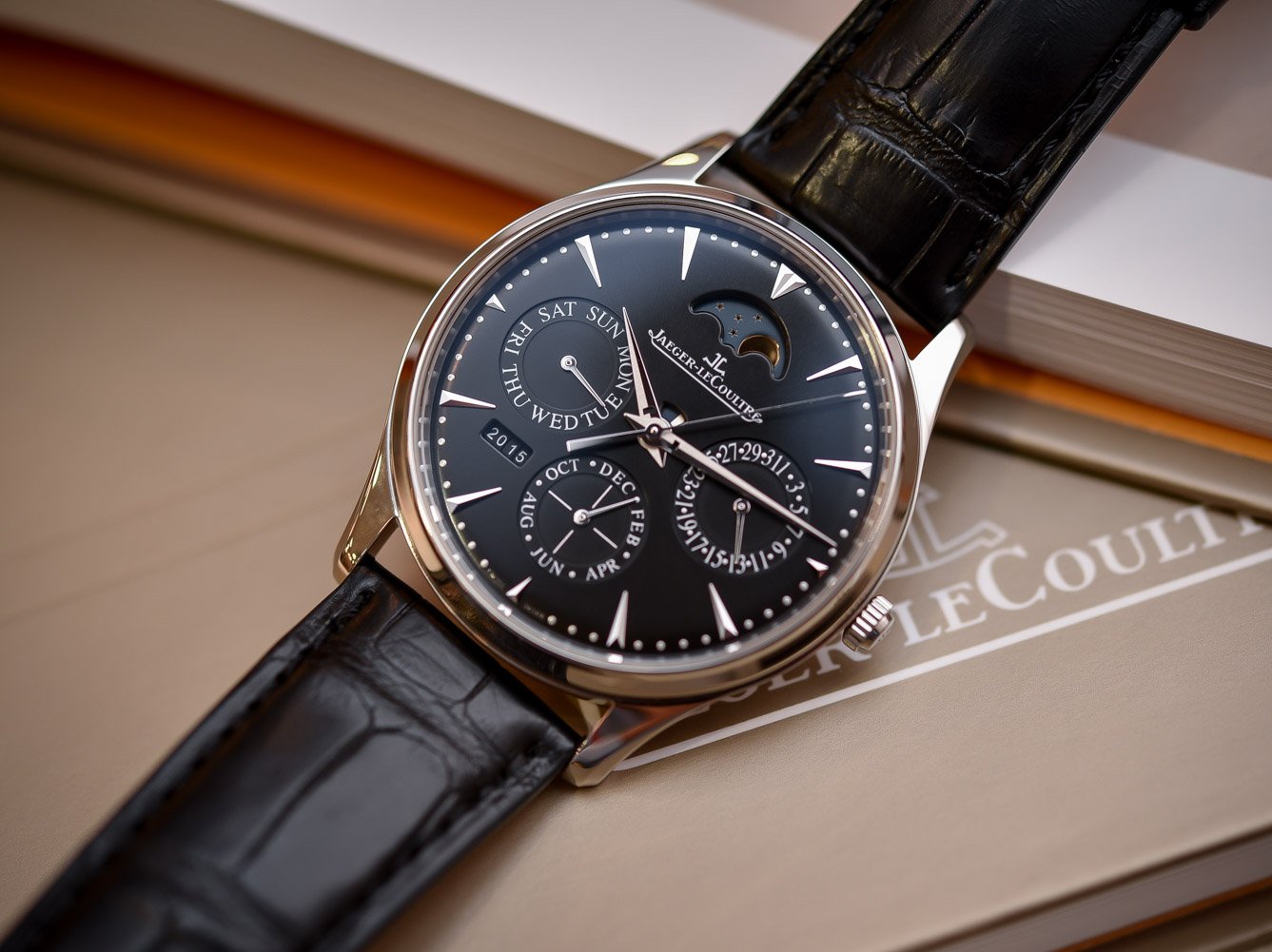
Personally, if I look at this watch, I’d go stainless steel all the way. The central point of interest in this instance isn’t the gold case but the perpetual calendar complication. And – again personal – I’d prefer to spend EUR 20,000 on a steel Master Ultra-Thin Perpetual Calendar rather than EUR 20,000 on a white gold Master Ultra-Thin Moon, which features a simple time-and-date movement with an additional moon-phase display.
All of that to demonstrate what? Well, knowing that the industry isn’t in the best shape, it might be time to focus on the internals rather than on the habillage. The main point of beautiful horology is about micromechanics and movements, not in the ability to carve a case in gold. Yes, of course, gold should be offered as it might answer the desires of certain customers. But, in our opinion, steel should be offered too, knowing that it can easily lower the price of a watch by EUR 10,000 to EUR 15,000 – without compromising on what ticks inside the watch.

To end this part on a positive note, this trend for complex steel watches has already started, which is encouraging. Yet, it has to become more than just a trend, or something reserved for limited editions.
More accessible hand-wound chronographs
Chronographs are one of the most sought-after types of watches. Brands are aware of that and most of the established brands have invested in creating their own, purpose-built manufacture/in-house chronograph movement – a topic we explored in detail here. Still, if you look closely at the list of brands with an in-house chronograph movement, you’ll notice that most of them (with a few exceptions, of course) are automatic.
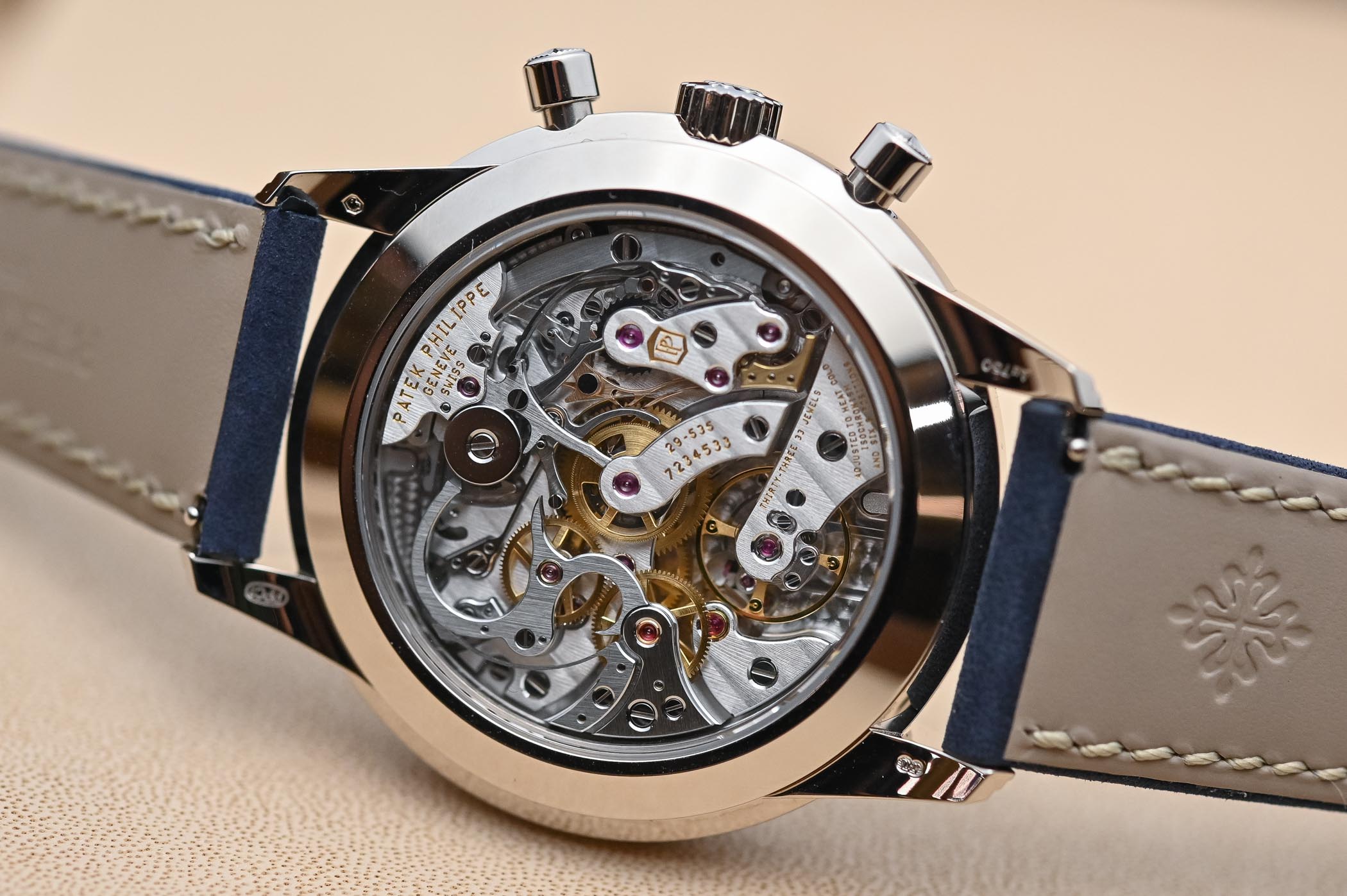
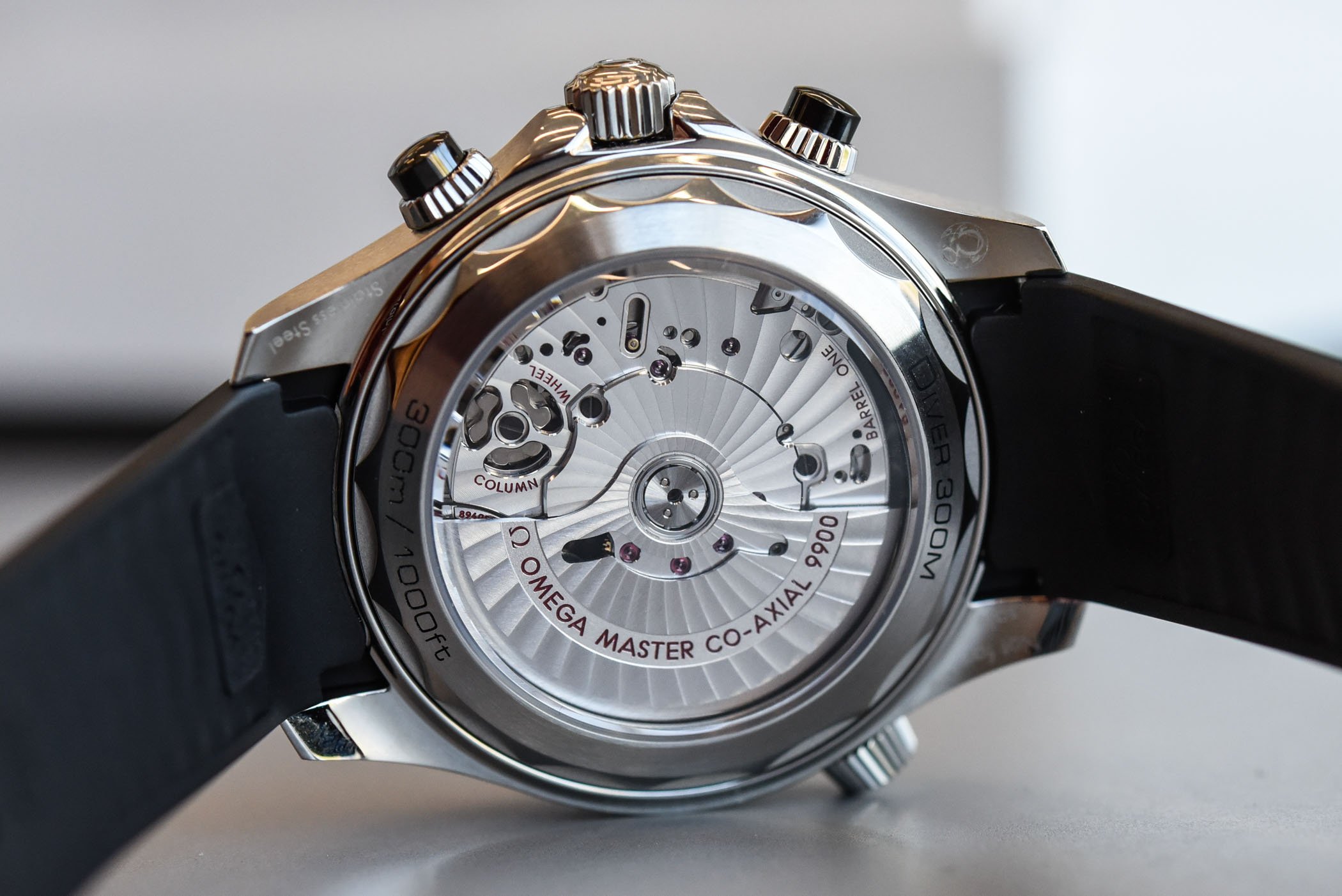
While certainly very practical on a daily basis, there are two major issues with modern automatic chronograph calibres. First, these are big movements, usually around 7mm in height (if not more), resulting in equally thick watches. It not unusual for a modern automatic chronograph to be 14mm or more in height. Second, these modern movements often feature a vertical-clutch architecture, certainly the best solution technically speaking, but resulting in movements that show almost nothing… And the beauty of a chronograph lies in this intricate architecture full of gears, wheels, levers and springs.
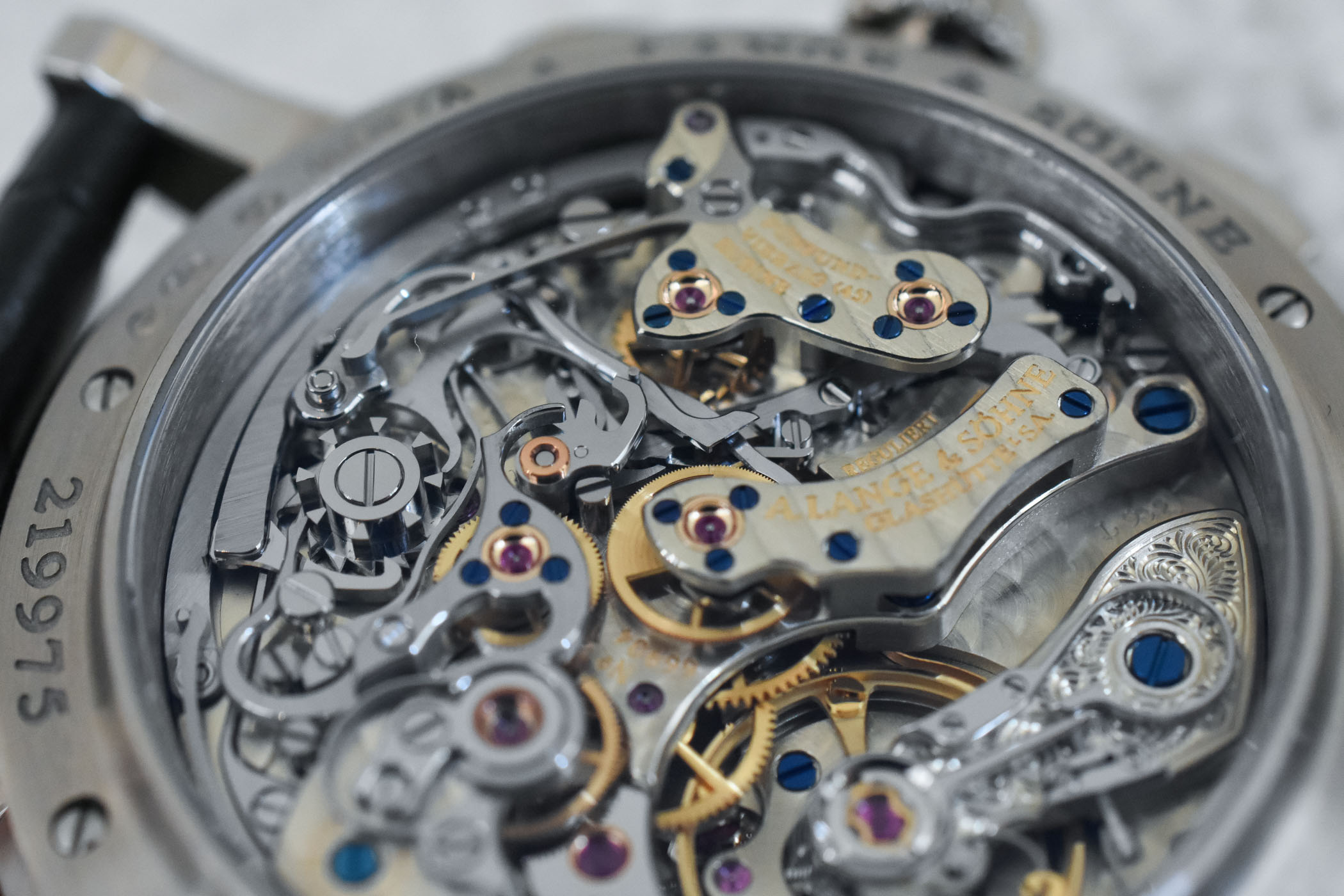
One can’t deny that some of the most desirable movements currently produced are hand-wound chronographs with a horizontal clutch. Think Datograph, Patek CH 29-535 or Vacheron 1142. The main issue is that these movements are all encased in watches that mere mortals can only dream of. So, one of our wishes for 2020 would be to see a hand-wound counterpart of the ubiquitous Valjoux 7750, a nice, relatively thin, industrially produced manual chronograph with a horizontal clutch and most of the parts visible through the caseback. Something in the same vein as the Omega 1861 used in the Speedmaster Moonwatch. A utilitarian, robust and inexpensive hand-wound chronograph.
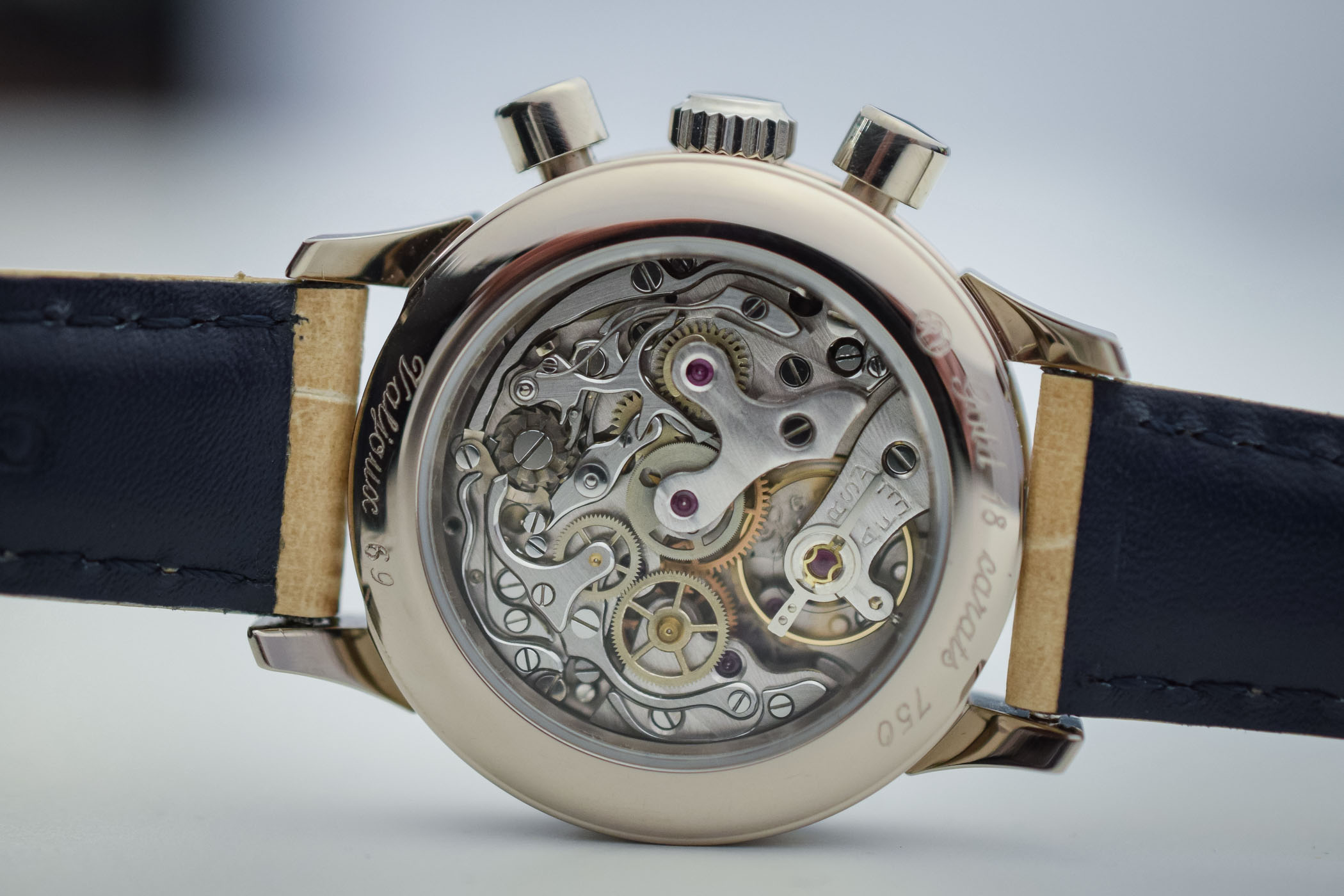
If Sellita, Soprod or La Joux-Perret (obviously not ETA since it can’t sell movements to third parties anymore) would embark on offering a hand-wound chronograph, for instance, an improved version of the Valjoux 72/92, or a modern iteration based on the Venus 175, to be encased in sub-6K Euros watches, this would make us, here at MONOCHROME, very happy. Now imagine a vintage re-edition of the Heuer Camaro with a hand-wound chronograph movement? Or a Type XX with a flyback manual chronograph, without the high-end decoration of other Breguet watches, not very useful in a pilot’s watch? Or an elegant, 38mm thin and dressy hand-wound chronograph watch by Cartier?
More luxury Calatrava-style watches in the sub-10k range
Year after year, we witness the launch of dozens of dive watches, chronographs, sports watches in general and complex timepieces. One area of the industry that seems slightly overlooked by brands is the classic, elegant dress watch. Not the ultra-thin, precious “tuxedo watch”, but the simple, well-designed time-only watch. If you’re looking for such a watch, the best option is the Calatrava. But what if you’re looking for a steel watch, with a nice movement, beautiful finishes and a price below EUR 5K? Well, there’s not much on the market and our recent review of the Grand Seiko Hand-Wound SBGW231 and its comparison with the Drive de Cartier Extra-Flat in Steel was an eye-opener on the lack of offer in this field.
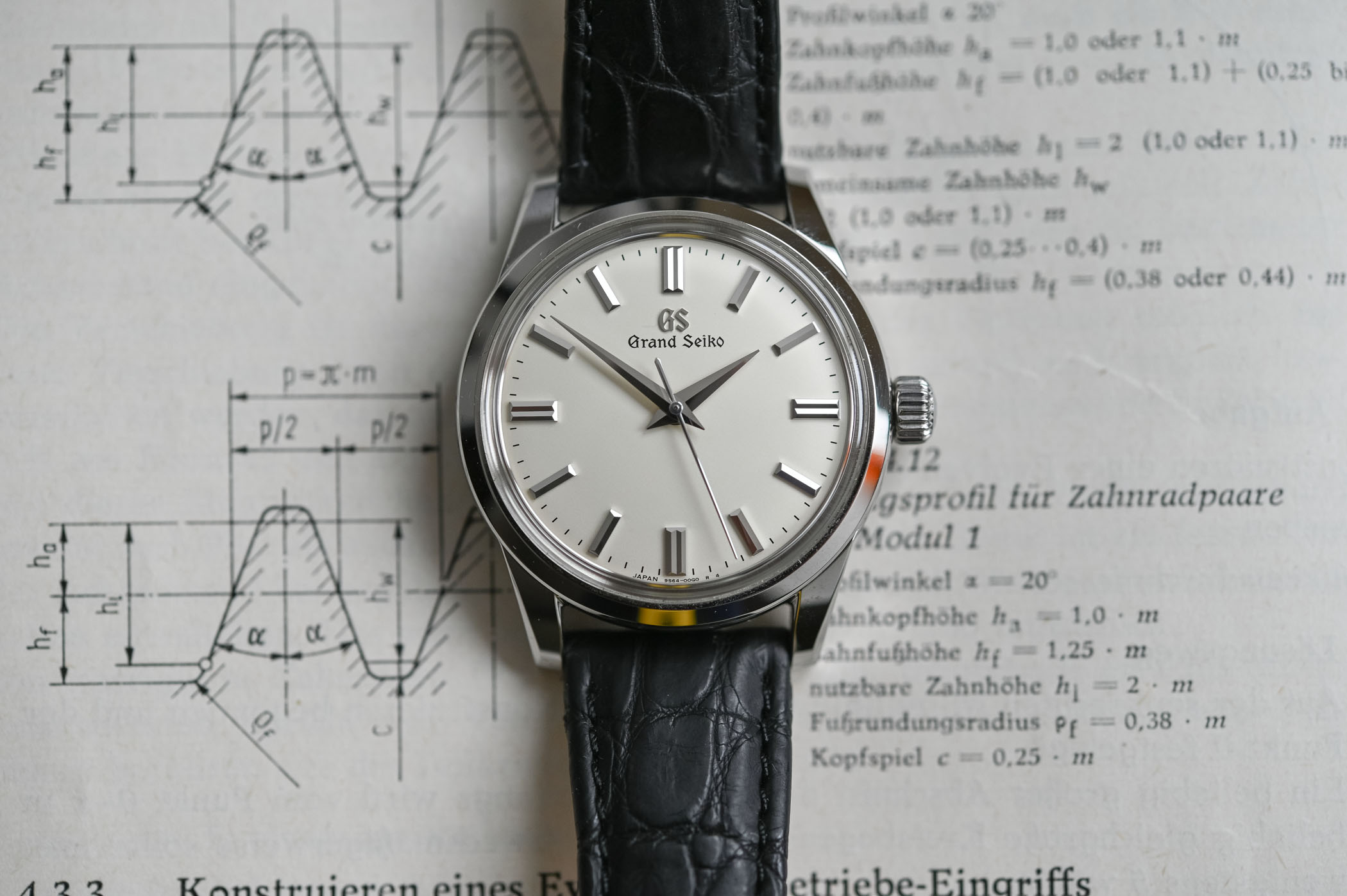

So, what we’d like for 2020 is more of these Calatrava-style watches, which can be worn with a suit or dressed-down with a cool, slightly vintage strap for a more casual look. Think thin, in-house, hand-wound movement, beautifully shaped steel case with a 37/38mm diameter, nice dial with applied indexes, an off-white colour, why not a sector layout… This is the kind of watch that is missing in the “core range” of luxury watchmaking – referring to the 4 -10K range. There are cool alternatives in the lower-end range, such as the recent Longines Heritage Classic “Sector Dial” or multiple Seiko Presage. Still, we think the resurgence of the elegant watch – but not the dress watch per se – could be a good addition to our 2020 expectations.
More steel Rolex watches available in stores
This is a hot subject of debate explored in detail in this article… Let’s not mince our words: the Rolex situation has to stop. While it is already a rather disturbing phenomenon with the PP Nautilus and the AP Royal Oak, it is truly absurd when it comes to Rolex with the insane premium that some models carry and the shortage of almost every single steel sports model at retailers. On the contrary to the PP and AP watches, which are high-end pieces with a necessary amount of exclusivity, Rolex is not this kind of brand. A Rolex is a watch that you should be able to buy by simply going to a retailer. And not by putting your name on a 2-mile long waiting list or by crossing the street, entering an obscure watch seller’s shop and paying double the price. Without going as far as saying that a Rolex is a disposable good (at minimum EUR 5,000, it is definitely not), but the intention has never been to be an exclusive watch for a lucky few… Nor to become an investment vehicle.

What is the solution? Tough question indeed, and not many answers. On the one hand, Rolex can hardly be blamed, as it doesn’t have control over the retailing side of its watches – Rolex relies mostly on authorized dealers. In addition to that, it is widely known that Rolex has increased its production and is now reaching close to its maximum level. Increasing production even more could be harmful in terms of quality. At the same time, diluting the desirability of these watches by flooding the market wouldn’t be a good solution in the long run either. As a brand, Rolex is somehow at an impasse – or at least, in a complex position.
On the other hand, you can’t control the demand by collectors or the behaviour of opportunist sellers. The watchmaking industry is a free market after all. So, even though we’d wish more enthusiasts to be able to actually buy these watches without a premium or a waiting list, it seems that the only way to achieve that will come from the market itself, once the bubble explodes. Sadly!
Fewer Limited Editions
If you’re into watches (even just a bit), you can’t have missed the dozens of limited-edition watches that have been introduced last year. And clearly, it is becoming quite alarming. And now, they are not only done by the brands themselves. Almost every single retailer wants his own version of a watch, with one or two modifications to make it different from his neighbour’s limited edition. And not even talking about the limited editions created for certain magazines – some being successful, some less so. This last section might just be a quick note, but we have the feeling that this isn’t the right way for brands to commercialize watches.
Let us know what you’d love to see in 2020 in watches, in the comment box below this article.

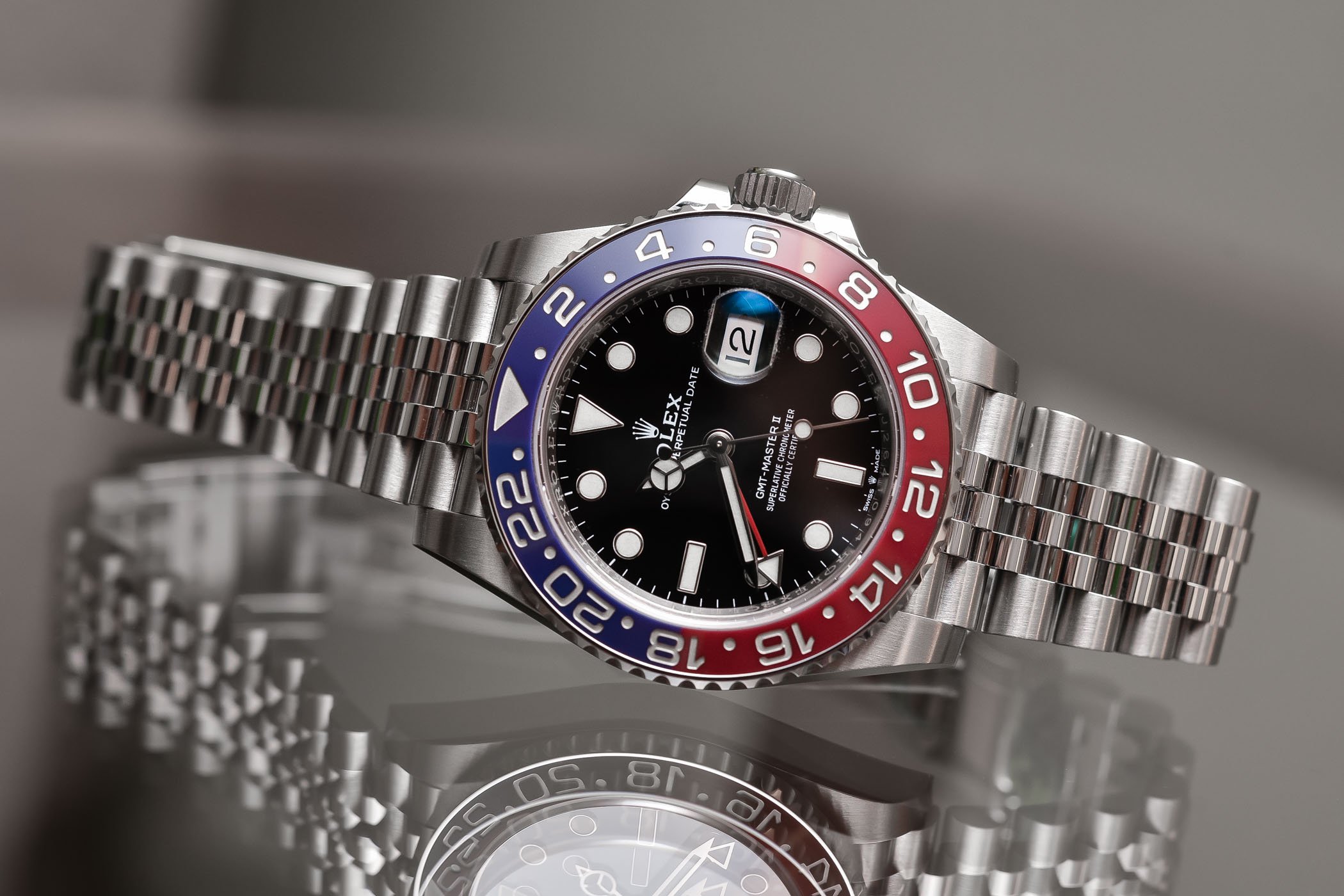




21 responses
I think you’ve covered it nicely, Brice. If I would add anything it would be for the industry to send watches to me free of charge. For important research.
Thanks Gav… and message sent to the brands haha 😉
Agree completely with the list of wants and needs for the watch market for 2020.
Regarding the manual wound chronographs, remember the Heuer 1611 with the Valjoux 7765? Great example of a price sensitive product that was well done. Granted they were not produced on the bench next to the Camaro and Carrera models, but over the border in France at the Georges Monnin factory and marked Ebauche Suisse or Made In France on the dial, but still a great watch, with creative dials, sleel Monnin cases, and worthy of ownership.
Regarding manual wound chronographs – some microbrands have started using manual wound Sellita 500/510s. They’re basically Valjoux 7750s without the automatic winding components. They’re not too pretty through the case back and they aren’t that thin, even compared to ETA 2892/DD module automatics, but they are available. I’d love to see a dedicated hand wound chronograph movement introduced or reintroduced, but this is a good first step. There’s also the Seagull ST19 on the low end of the market if you’re willing to risk Chinese quality control.
Smaller diameters.
Hand-wound movements.
Adjusted prices.
Thanks&have a nice 2020.
Very good article on the whole. However, disagree with the point about Rolex and they can’t be blamed and that they are at near maximum levels of production now. Nowhere is this evident and I live in a large metropolitan city, Los Angeles. The AD’s just look at me blankly as they try to manipulate me to the two tones. Sorry, don’t buy the “Rolex is not to blame” bit. So, perhaps another new year’s wish would be for the industry as a whole and Rolex, in particular, to lose some of their antiquated arrogance. Not very elegant on their part.
Great article as always from Monochrome for which my continuing thanks and appreciation. In terms of desirable or aspirational watches for the future, would welcome Rolex reintroducIng a ‘ Big Crown’ Rolex Submariner without crown guards with either a ‘standard‘ and ‘Explorer’ dial; undoubtedly the current Tudor ‘black bay’ range highlights the genuine interest in the watch market for ‘vintage looking’ sports watches without crown guards. Here’s hoping this will become a reality
I also agree with the list above. Particularly about the need for Calatrava-style watches (which is related to the points about the thinness and diameters), and the GS is a fantastic example, and limited editions (it seems it is all about them, just put a new colour, add some wording on the dial and sell it only in a small part of the world, with no horological merit. About the gold, however, a revolutionary postulate: abandon gold, platinum full stop. These materials are 100% irresponsibly sourced. I’m not saying iron is a saint, but steel is needed anywhere and everywhere, and if the luxury industry could show more responsibility, let’s have it.
Can anyone answer a question for me? If Rolex are reaching maximum production capacity and there are no steel sports models in the showrooms, then where are the watches? Surely having them sitting around in a vault somewhere is not fiscally effective? I’d really appreciate someone explaining it to me.
@Donnie Biscotti – One thing that is explained in the article is that Rolex isn’t responsible for the final sale of the watches (at least in 90% of the cases), as the brand works with authorized retailers, not self-owned boutiques. Rolex produces, sells to ADs and then delivers to retailers. Then it’s the work of ADs, not Rolex anymore, to decide what to do with the watches… Either to sell them to clients on waiting list or to keep them in a vault or to sell them to another (non-AD) dealer with a profit. The main issue isn’t only on Rolex’ side since the brand produces and delivers watches, but because there are speculators who think they can make a profit. Rolex doesn’t benefit from this premium as a brand.
When I buy a watch (boutique/AD) I should like to know, I should know, the date it was made. Well may be that 3 years in the shop does not affect oil…
I’d like to echo what Gav said, above ^
As the watch enthusiast community grows, which has exponentially over the past 5 years the desire for Rolex has increased. As much as I’d like to say there is false demand for Rolex, the demand for them is real. How many people do you know that have tried said they’d like to buy a Rolex (over an Omega/IWC etc). Add to this the people who want to buy for a quick buck? Unfortunately the demand for steel models outweighs the supply add to this the control of the ADs selecting who purchases….
The situation in Hong Kong might help…
An example of the Rolex situation I have an Explorer 1016 bought in the late 1980s brand new for £600. Saw one for sale a couple of days ago for £12,000. However closely examined, not a mark or blemish anywhere not even on the acrylic which often needs a bit of a polish. I cant believe it has ever been on anyone’s arm.
What Rolex need to do is abandon their dealer network entirely. They should set up one single Swiss sales website and sell all their watchrs from there, with links to copious reviews and information. The official waiting list will also be posted, along with production figures for all models so that there are no more games: if you are 25,000th on the list and they produce 10,000 Submariners a month, you wait 2.5 months. Nobody can jump the queue and everyone pays RRP. I honestly don’t see how honest ADs survive. I am certain that Rolex have lost thousands of customers since this farce started.
I broadly agree with the rest of the article. We need legible, well-made, sensibly-sized watches at a fair price.
I REALLY hope FC are listening.
Completely agree with Just Another Guy. The Rolex situation is truly out of control. I am not a Rolex fan though I do own one that was bequeathed to me by my grandfather and his it’s own rich history to boot…..On another note, the very notion of limited editions without reason or rationale is to me a pointless exercise in short term commercial gains while sacrificing long term sustainability of creativity. And finally, if Panerai could make watches in the sub-40mm size……
I, very specifically, want a Tudor Black Bay GMT in the smaller 39mm case.
Fewer cloth and rubber straps.
Lovely article, as if I wrote it myself ?. Especially agree on accessionen manual chronos, steel before gold and calatrava style. Spot on!
I agree with the article. Especially about thinner, dressier watches. I’d getting so bored with endless dive, retro and chrono watches. How about a watch with Arabic numerals all the way around, with none cut out for dates or other complications?
Hey Brice – great article! New brand coming to market soon called Endatto. Fits right into the affordable, Calatrava style. Dress up or dress down, quick-change straps, steel case. Keep an eye out!